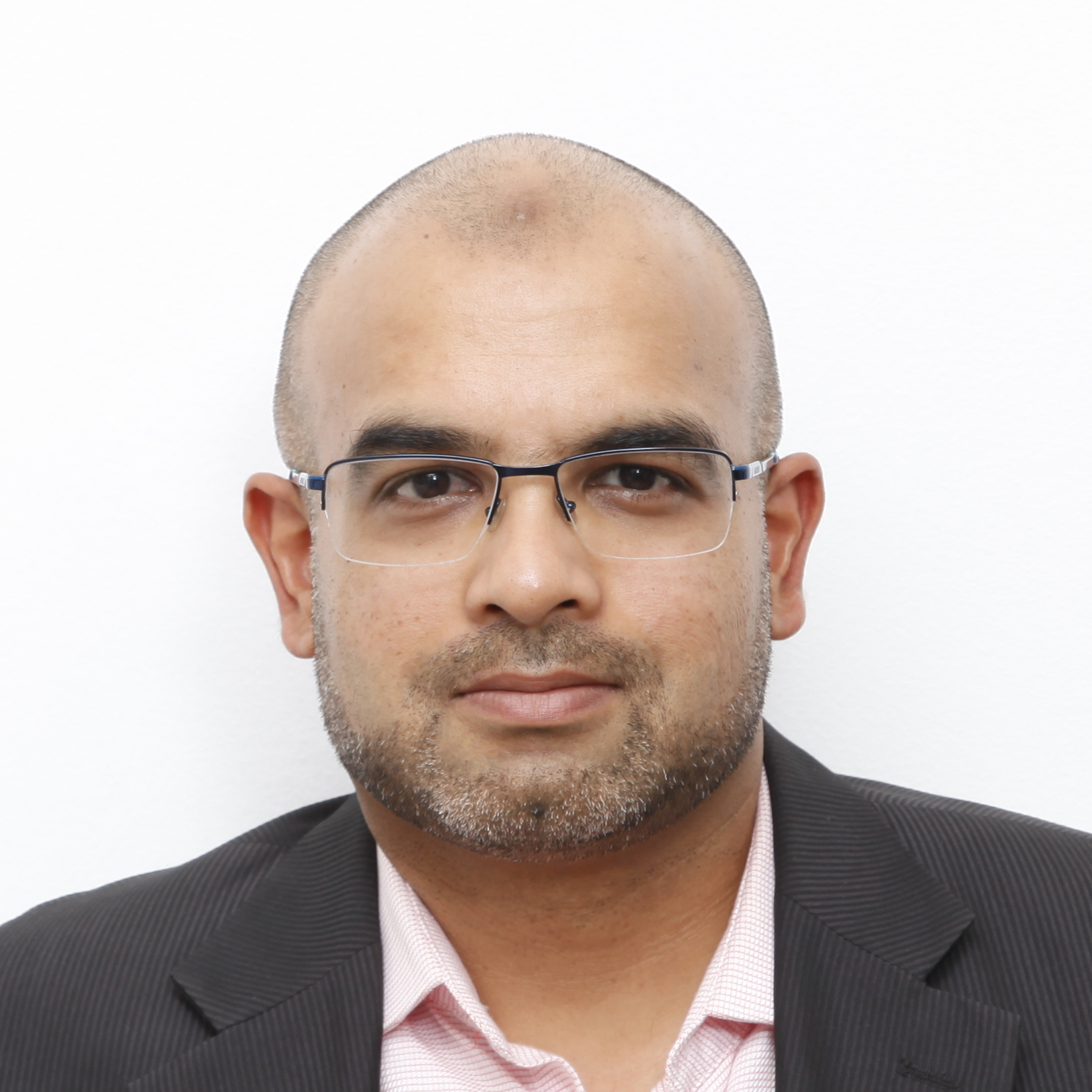
The Australasian Institute of Dangerous Goods Consultants (AIDGC) is proud to present its facilitated annual workshop on the 7th of September 2023 at the Club York in Sydney.
The theme of this year’s workshop addresses the broad subject of managing fire and explosion risks associated with the range of dangerous goods facilities in Australia. The workshop will feature three presentations by industry experts, followed by a panel discussion facilitated by Ms Delene Kock MAIDGC.
The workshop is intended to be interactive, so please come ready to share your experiences and have questions ready for the presentation team.
Download the conference brochure HERE
Registration
Register online with Humanitix
Please email info@aidgc.org.au if you have any questions or need alternative registration options.
Program
| 1:00 to 1:15 | Registration |
| 1:15 to 1:20 | Welcome Address |
| 1:20 to 1:50 | Dangerous Goods, Process Risk and Building Fire Code Compliance Dr Amer Magrabi – Director – Fire & Risk Engineering, Lote Consulting – Fire Safety | Security  Building Code of Australia (BCA) fire compliance generally focusses on base building fire safety measures, when the fire or explosion hazard arising from the process or the stored dangerous goods is a paramount consideration. Furthermore, the process or dangerous goods in the building are often ignored, or not integrated effectively into the building fire safety strategy. This presentation will provide a methodology and case studies to show the integration of process and dangerous goods hazards into the building fire safety strategy under the BCA. |
| 1:50 to 2:20 | Regulators Perspective- Fire and explosion prevention Michèle Strömquist – State Inspector | Major Hazard Facilities, SafeWork NSW
|
| 2:20 to 2:40 | Afternoon Break |
| 2:40 to 3:10 | Importance of Placement – Fire and Gas Detectors Luke Todisco – Product Manager – Connected Solutions, Draeger  Just like our human senses have their own specific requirements, so do flame and gas detectors. Some detectors work on the principle of absorbed light, much like our eyes, if something is hidden by obstruction or outside the visible light range, we cannot see it.
Other detectors work on the principle of reaction with a sensor, this requires the gas to be at the point of detection, much like our nose, if the wind is blowing the opposite direction, we cannot smell what is there. This session will explore these “senses” and other elements that will provide a better understanding of different technologies, their limitations, and possibilities. |
| 3:10 to 3:50 | Panel Session facilitated by Delene Kock – AIGDC Vice President |
| 3:50pm | Closing Address |
| 4:00pm | Networking and beverages at the bar |
Venue
- 95-99 York Street, SYDNEY NSW 2000
- W: Club York
- T: (02) 9290 1155
- E: info@clubyork.com.au
Parking
Secure Parking is located at 168 Clarence Street, Sydney with direct access to the Club via
the car park lift. For more information about Club York

